Causes Of Nose Pores And Top 12 Tips To Clean Them
Understand the reasons for clogged pores and easy tips to decongest them gently.
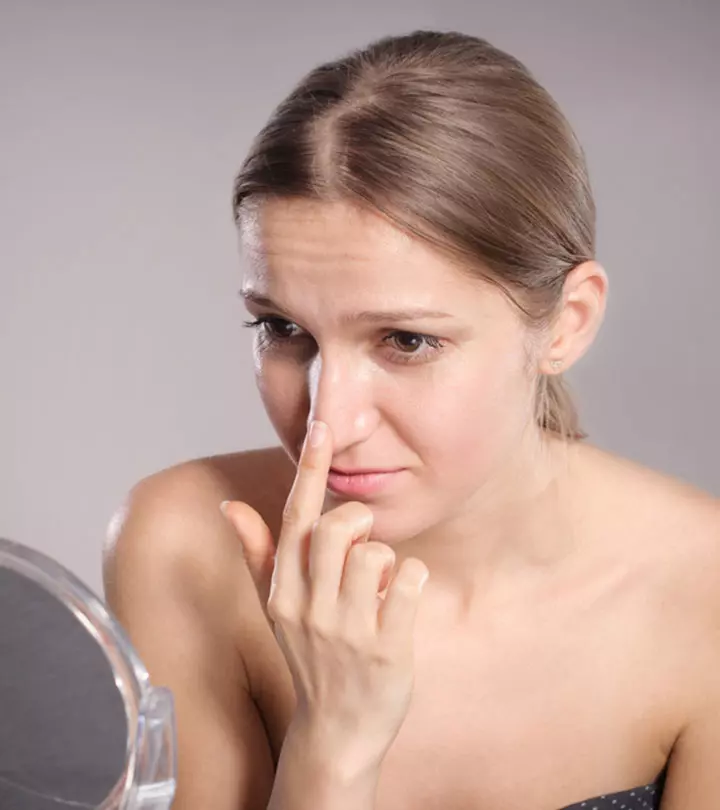
Image: Shutterstock
Enlarged nose pores can look unsightly. They can disrupt your overall look and may grow in size over time. However, here’s the thing – you can cleanse, unclog, and shrink them with a little upkeep and the correct home remedies. Now is not the time to go out and buy a primer to fill in these pores! Instead, keep those pores from wrecking your confidence with these easy DIY methods and at-home treatments. Scroll down to know more!
In This Article
What Are Nose Pores?
Nose pores refer to the hair follicle openings on the skin.
These are more like ‘depressions’ in the facial skin that carry sweat and oil. They are typically larger than the pores on the rest of the face because of the larger underlying oil glands. These pores help with the entry and exit of water, sweat, oils, etc. (1).
While large nose pores are natural, some tend to get larger. What could the reason be?
Key Takeaways
- Nose pores are depressions on the nose skin that contain sweat and oil.
- Multiple factors like sebum production and skin hygiene can affect the size of nose pores.
- Remove your makeup before sleeping and cleanse your face twice a day to manage enlarged pores.
- Do not dig, pick at, or squeeze your nose pores as they may irritate your skin and enlarge the pores further.
What Causes Large Nose Pores?
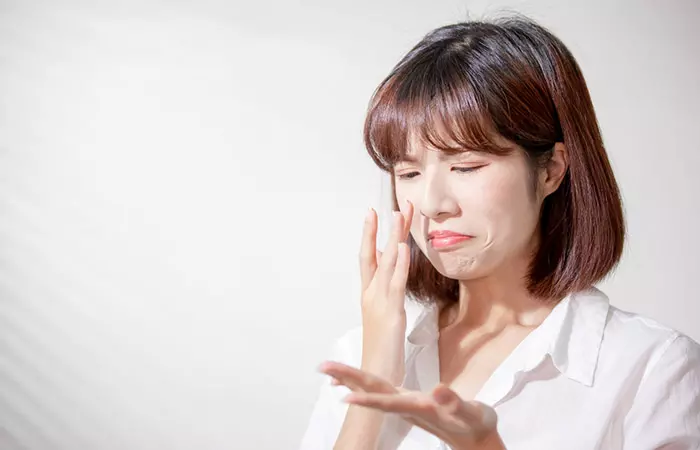
Numerous factors can lead to enlarged pores. These may include (2):
- An oily nose due to excess sebum secretion.
- Decreased elasticity around the pores due to age. In other words, the collageni A structural protein responsible for healthy joints, the structure and function of connective tissues, and skin elasticity. and elastin fibers become thinner, the skin becomes loose, and make the pores appear bigger.
- Increased hair follicle volume and size due to various causes
- Chronic recurrent acne, which can also lead to blackheads and whiteheads, and constantly picking them can increase the size of your pores, sometimes irreversibly.
- Changes in sex hormones and the menstrual cycle, with the largest pore size occurring during ovulation.
- A poor skin care regimen can lead to the pores getting clogged with sweat, oil, and dirt, thereby enlarging them over time.
- Sun damage increases sebum secretion and also leads to stretching of the nose pores, making them appear bigger.
- Genetics also plays a role in determining the size of the pores.
According to the American Academy of Dermatology Association (AAD), approximately 50 million US citizens are affected by acne each year. It is estimated that mild acne affects 85% of people aged between 12 to 24 years. Furthermore, it is estimated that adult acne is increasing, affecting up to 15% of adult women.
These are the causes of enlarged nose pores. Understanding the root cause can help you tackle the issue better. In the next section, we have listed out 12 useful and easy tips to get you started.
How To Clean Nose Pores: Top 12 Tips
1. Do Not Sleep With Your Makeup On
Going to bed with makeup on can clog your pores
. Never skip your beauty routine. Always remove your makeup and wash your face with a gentle cleanser or micellar water before bedtime. A cleanser helps you achieve a dirt-free face from the inside out and doubles as a pore cleanser. Double cleansing may not be needed if your face wash suits your skin type.
2. Cleanse Your Face Twice A Day
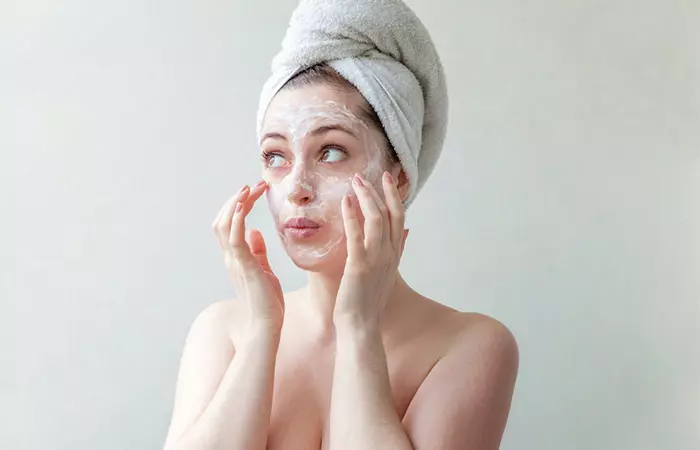
Cleansing your face twice a day with lukewarm water (and not hot water) helps remove makeup residue, dead skin cells, oil, and dirt from the skin. Regular cleansing exfoliates your skin. Lack of exfoliation may lead to enlarged nose pores. Ensure you cleanse your skin with a mild, non-comedogenic cleanser twice a day. Be extra gentle as excess rubbing can irritate your facial skin and cause inflammation.
3. Follow Up With A Good Moisturizer
Cleansing may strip your skin of the essential oils. Hence, moisturizing after cleansing is necessary. Use a high-quality moisturizer to moisten and repair your skin barrier (3).
4. Go For A Chemical Peeling Procedure
Peeling with 10% trichloracetic acid (TCA) helps clean deeply clogged pores, effectively controls and treats severe acne, and reduces signs of early aging. Peeling can also significantly improve skin texture and revitalize the skin (4). Opt for a chemical peel containing skin-friendly acids that can penetrate the skin and get rid of dead skin cells, excess oils, and bacteria. Your pores will appear unclogged and be less visible. This must be done in an office-based setting by a trained dermatologist to avoid adverse outcomes.
5. Consider Microdermabrasion (MDA)
Microdermabrasion (MDA) is a minimally invasive, non-surgical cosmetic procedure that can help treat uneven skin tone / texture, reduce scars, and treat enlarged pores
(5). It is one of the most common non-surgical cosmetic procedures performed in the United States, known commonly as skin polishing. You may speak with your doctor regarding the same.
 Quick Tip
Quick Tip6. Try Laser Therapy
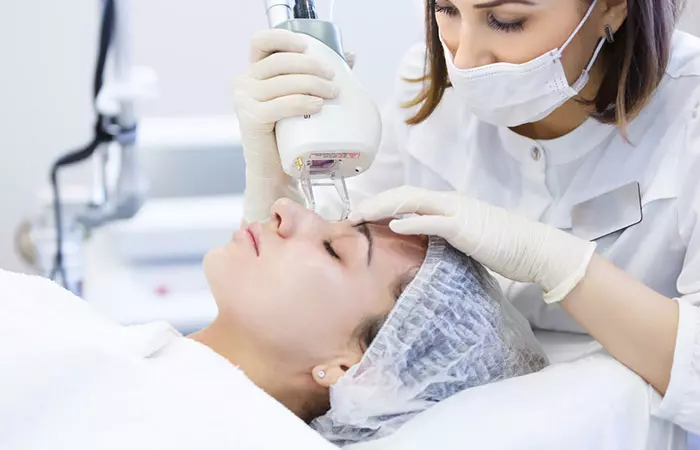
Go for laser therapy that makes use of stimulated light beams to exfoliate the top layers of the skin and reduce the appearance and size of nose pores (6). Laser therapy may also boost collageni A structural protein responsible for healthy joints, the structure and function of connective tissues, and skin elasticity. production by resurfacing the skin.
7. Invest In A Good At-Home Peel
At-home peels are essentially pre-soaked pads infused with natural fruit acids and rich in AHAsi A group of plant and animal-derived chemical acids that help exfoliate the skin and keep it glowing. and BHAsi Organic compounds used as ingredients in cosmetic products that help reduce the signs of aging. . These pads help break down the oils in your pores. Here is how to use them:
Step 1: Rub the pad over your clean, dry T-zone.
Step 2: Let it stay on for about 60 seconds.
Step 3: Rinse with cool water.
Step 4: Apply a good moisturizer.
Repeat this process twice a week for best results.
Note: Be doubly sure that the product label reads ‘At Home’ or ‘Home’.
8. Use A Retinol Serum
Retinol is one of the best anti-aging ingredients available. It stimulates collageni A structural protein responsible for healthy joints, the structure and function of connective tissues, and skin elasticity. production around your nose pores, firms and cleanses the skin, reduces fine lines and wrinkles, and lowers the buildup of keratin debris to tighten your pores over time (7).
Integrate a retinol serum into your nightly skincare routine. Ideally, start with minimal concentration and gradually amp up the strength and duration of application.
Note: Do not use retinol or any Vitamin A derivative in any form if you are pregnant. Consult your doctor for more information in this regard.
9. Select Non-Comedogenic Makeup And Skincare Products
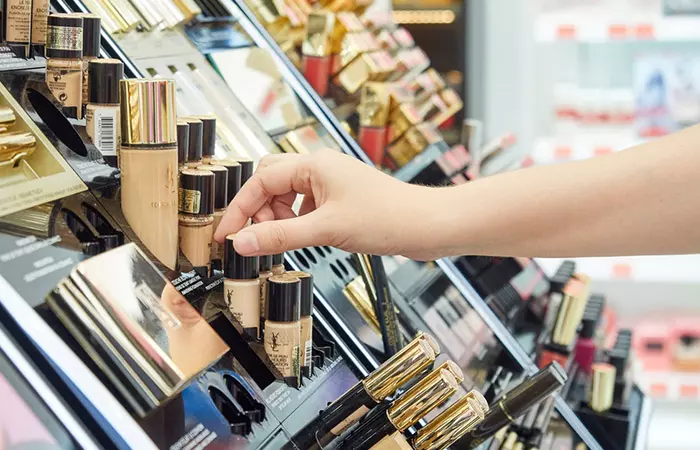
According to the American Academy of Dermatology (AAD), you should go for non-comedogenic skincare and makeup products, such as facial masks and pore minimizers to minimize irritation and prevent pore clogging (8). How will you know if a product is non-comedogenic? Look for the following phrases on the bottle:
- Non-comedogenic
- Oil-free
- Won’t clog pores
- For acne-prone skin
10. Take Care Of Your Acne Breakouts
Acne can clog pores and make them more visible (8). You can use a cleanser with salicylic acid (BHA) to unclog your pores. If the salicylic acid dries or irritates your skin, try alternating cleansers or a lower concentration. For best results, you can use a mild, non-comedogenic, low foaming cleanser when you wake up and a salicylic acid cleanser prior to going to bed.
11. Use A High-Quality Sunscreen Every Day
As mentioned earlier, sun damage causes your pores to enlarge. Hence, use a broad-spectrum, water-resistant sunscreen with an SPF 30 or higher to prevent sun damage. Additionally, wear a hat and protect your skin at all times when you step out (particularly during the middle of the day).
 Quick Tip
Quick Tip12. Exfoliate With Care
We have already established how dead skin cells can clog your pores and make them appear bigger. Hence, physical or chemical exfoliation is important. What you also must remember is that you should not scrub your skin too aggressively as this can further damage your skin. Chemical exfoliators these days are quite efficient. Speak to your doctor to understand the best type of exfoliation method you should go for. People with dry skin should limit exfoliation as it may further dry their skin out.
Jennifer Chiu, a Youtuber, spoke about how she unclogged her nose pores in her video. She used a hot towel to open up pores, followed by a toner to remove residual dirt. She then proceeded to use a flosser to remove her whiteheads, followed by a nose strip, peel off masks, and diluted tea tree oil to unclog her pores. She said, “I always find that the next day the results are way better because the inflammation goes down, the redness goes down (i).”
These 12 methods can effectively clean your nose pores and help reduce their size. You can also use pore cleaning products. Pore strips and pore vacuum are believed to effectively reduce their size. However, some believe simply squeezing the pores can reduce their size. But is it bad?
It is important to note that larger pores are prone to getting clogged and causing breakouts despite regular cleansing. In the earlier sections, we have briefly mentioned a few ingredients that are beneficial for cleaning large pores. Moving on, we shall learn about them and other effective ingredients in more detail.
Treatment Ingredients For Clogged Pores
Using these ingredients in your skin care routine can help keep your pores clean and less noticeable.
- Salicylic Acid: A BHA that breaks down oil and dead skin cells. Look for face washes and toners containing this acid.
- Glycolic Acid: An AHA that works as an exfoliant and helps remove dead skin cells. Look for it in toners, serums, creams, and at-home chemical peels.
- Retinoids: OTC retinol products can help regulate skin cell turnover, reducing the chance of pores getting blocked. Look for night serums and creams containing it.
- Clay: Face masks with ingredients like bentonite or kaolin clay help absorb excess oil and impurities from the pores.
- Niacinamide: A form of vitamin B, which is a soothing ingredient that reduces oil production and helps minimize the appearance of large pores. It is used as an ingredient in most product types so research its compatibility with other ingredients to select a suitable product type and incorporate it into your routine.
Ensure consistently using these ingredients in your skin care regimen can help clear and minimize large pores. Resist the urge to squeeze out the pores as it can make matters worse. Learn more in the next section.
Is It Bad To Squeeze Nose Pores?
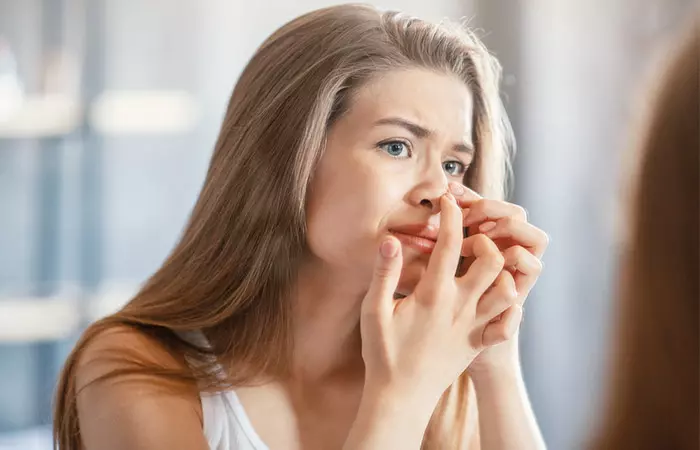
Yes, it is bad to pick, squeeze, or even dig at your nose pores. Doing so can further irritate your skin and make your pores look larger (8). Hence, be as gentle with your skin as possible, and do not ever squeeze your nose pores.
These remedies and tips can help you get rid of clogged nose pores. But it will be better for your skin if you prevent them from clogging. Check out some easy prevention tips in the next section.
Prevention Tips For Nose Pores
- Cleanse your skin twice a day.
- Do not touch your skin with unwashed hands.
- Avoid using oils on your face, especially coconut, jojoba, or olive oil.
- Exfoliate your skin at least twice a week.
- Moisturize your skin daily, in the morning and at night.
- Avoid popping any pimples on the nose.
- Always remove makeup before going to bed.
- Use non-comedogenic skin care products.
A consistent skin care routine is key to preventing clogged nose pores. Cleansing, toning, moisturizing, and exfoliating regularly helps keep pores clear by removing oil and dirt. You can reduce the chances of clogged pores and keep your skin healthy effectively by maintaining a regular skin care routine with the key ingredients discussed earlier.
Infographic: Easy Tips To Avoid Nose Pores
Nose pores are often a cause of concern for many. Fret not! The following infographic lists tips to minimize nose pores and enjoy clearer, more radiant skin. Check it out to say goodbye to those pesky pores and hello to a more confident you!

Illustration: StyleCraze Design Team
Keeping your nose pores clean and unclogged by removing extra oils, dead skin, and dirt is the best technique to address enlarged nose pores. Maintaining a focused skin care routine and using products like retinol and salicylic acid may help minimize the appearance of enlarged pores. Before attempting cosmetic procedures such as chemical peels, see your dermatologist to get expert advice on how to get rid of pores on the nose. Your pores will appear smaller if you keep your skin healthy at the end of the day. So take care of your skin and bid farewell to nose pores in the most natural, cost-effective, and skin-friendly method possible.
Frequently Asked Questions
Do ice cubes close pores?
Possibly. According to anecdotal evidence, ice cubes may help reduce swelling around your face, improve blood flow, and may help reduce pore size.
What foods reduce pores on the face?
According to popular reports, egg whites, yogurt, and cucumber are some of the foods that may help reduce open skin pores.
Can baking soda clean pores?
Possibly not. While many sources claim that baking soda may help clear out pores and is good for dealing with blackheads, it may dry out your skin and do more harm than good.
Does aloe vera close pores?
Yes. According to anecdotal evidence, aloe vera gel may help tighten pores, soothe your skin, and smoothen its texture if you massage it on your skin for a couple of minutes.
Is lemon good for open pores?
Yes. Lemon is an astringenti A substance or chemical agent that helps shrink tissues and dry up skin secretions to tighten pores. that may help get rid of open pores but unclogging them.
Does green tea shrink pores?
Yes. According to anecdotal evidence, green tea is packed with beneficial antioxidants such as polyphenols that may help deal with acne and blackheads and help reduce skin pores.
Illustration: Causes Of Nose Pores And Top 12 Tips To Clean Them

Image: Dall·E/StyleCraze Design Team
Learn how to effectively treat enlarged pores with this helpful video! Get tips on the best products and treatments to reduce their appearance for an even texture and glowing skin. Check it out!
Personal Experience: Source
StyleCraze's articles are interwoven with authentic personal narratives that provide depth and resonance to our content. Below are the sources of the personal accounts referenced in this article.
i. 6 Clever Tricks To Unclog Pores INSTANTLY!https://www.youtube.com/watch?v=8WtzxpuStt0
References
Articles on StyleCraze are backed by verified information from peer-reviewed and academic research papers, reputed organizations, research institutions, and medical associations to ensure accuracy and relevance. Read our editorial policy to learn more.
- Facial skin pores: a multiethnic study
https://www.ncbi.nlm.nih.gov/pmc/articles/PMC4337418/ - Facial Pores: Definition, Causes, and Treatment Options
https://pubmed.ncbi.nlm.nih.gov/26918966/ - The Role of Moisturizers in Addressing Various Kinds of Dermatitis: A Review
https://www.ncbi.nlm.nih.gov/pmc/articles/PMC5849435/ - Exfoliative Skin-peeling, Benefits from This Procedure and Our Experience
https://www.ncbi.nlm.nih.gov/pmc/articles/PMC4720453/ - Microdermabrasion
https://www.ncbi.nlm.nih.gov/books/NBK535383/ - Enlarged pores treated with a combination of Q-switched and micropulsed 1064 nm Nd:YAG laser with and without topical carbon suspension: A simultaneous split-face trial
https://www.ncbi.nlm.nih.gov/pmc/articles/PMC3799029/ - Retinoids in the treatment of skin aging: an overview of clinical efficacy and safety
https://www.ncbi.nlm.nih.gov/pmc/articles/PMC2699641/ - WHAT CAN TREAT LARGE FACIAL PORES?
https://www.aad.org/public/everyday-care/skin-care-secrets/face/treat-large-pores
Read full bio of Dr. Aseem Sharma
Read full bio of Annie Jangam
Read full bio of Ramona Sinha
Read full bio of Swathi E







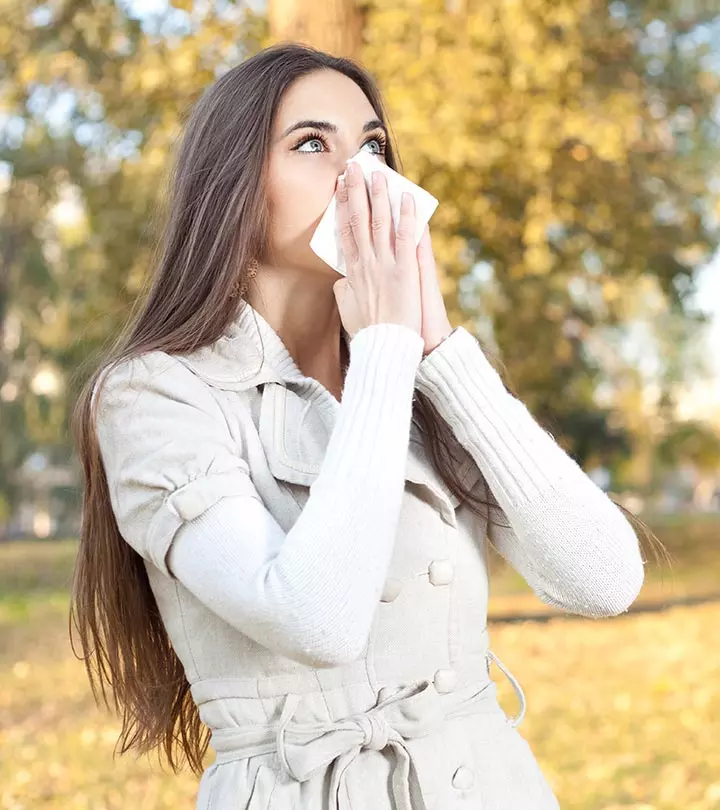

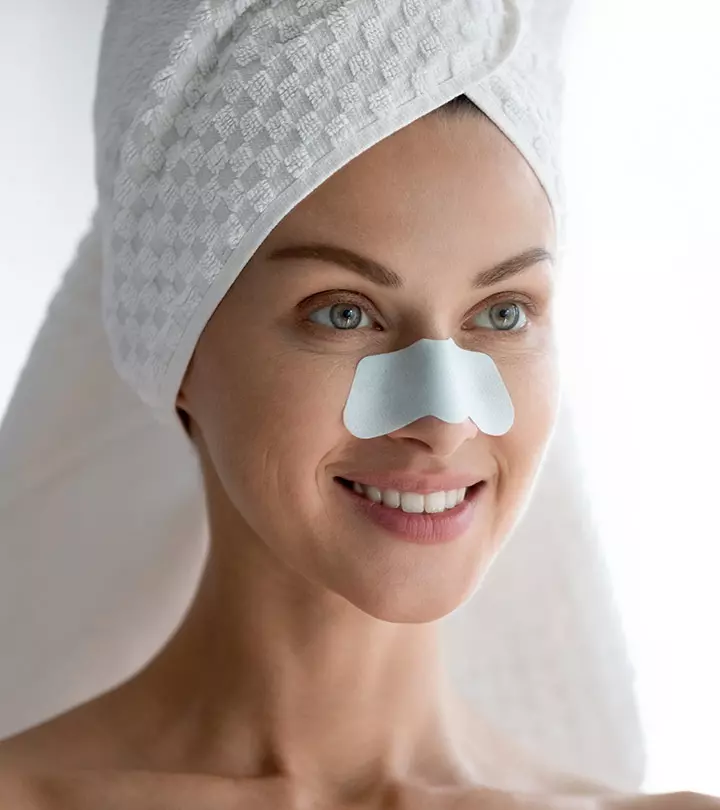

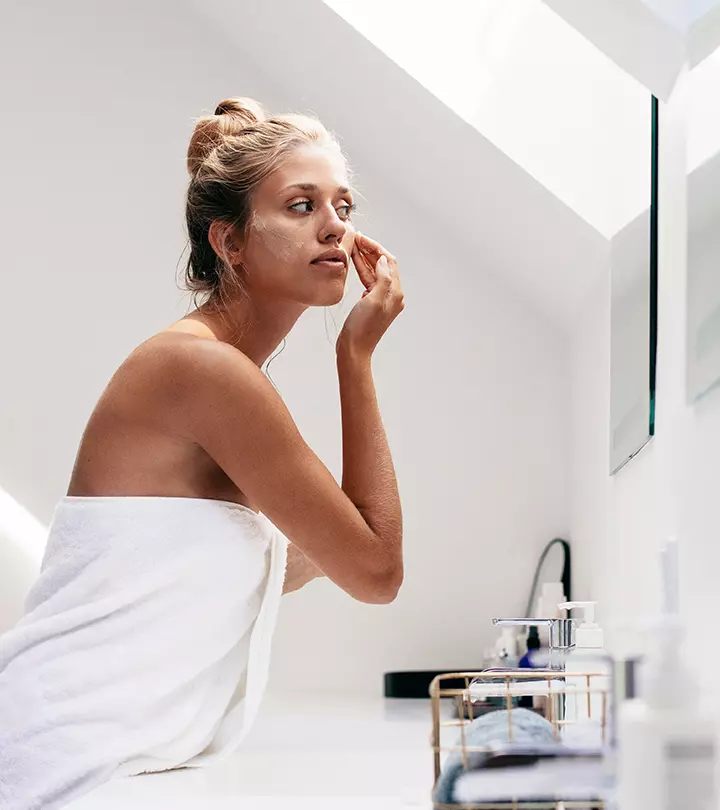
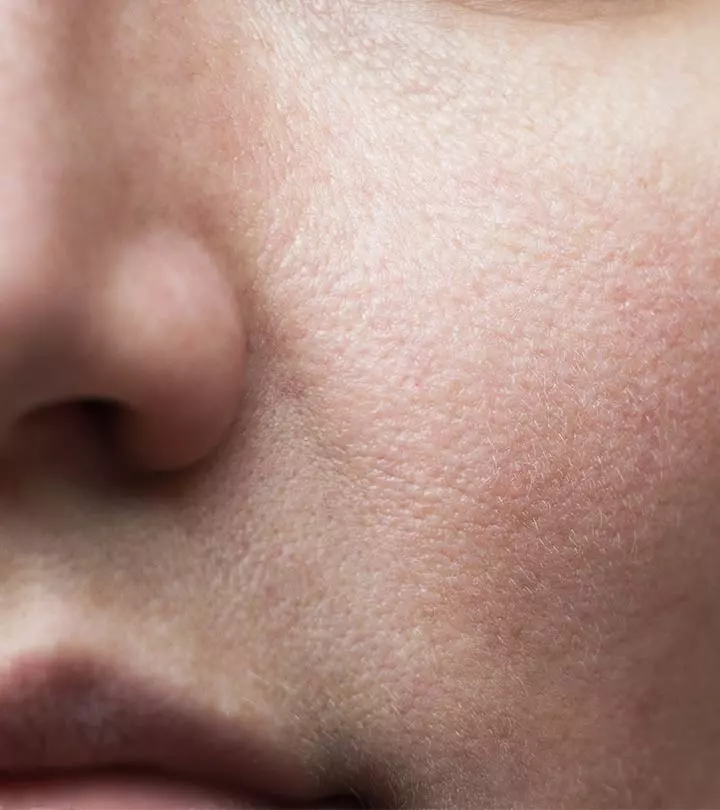
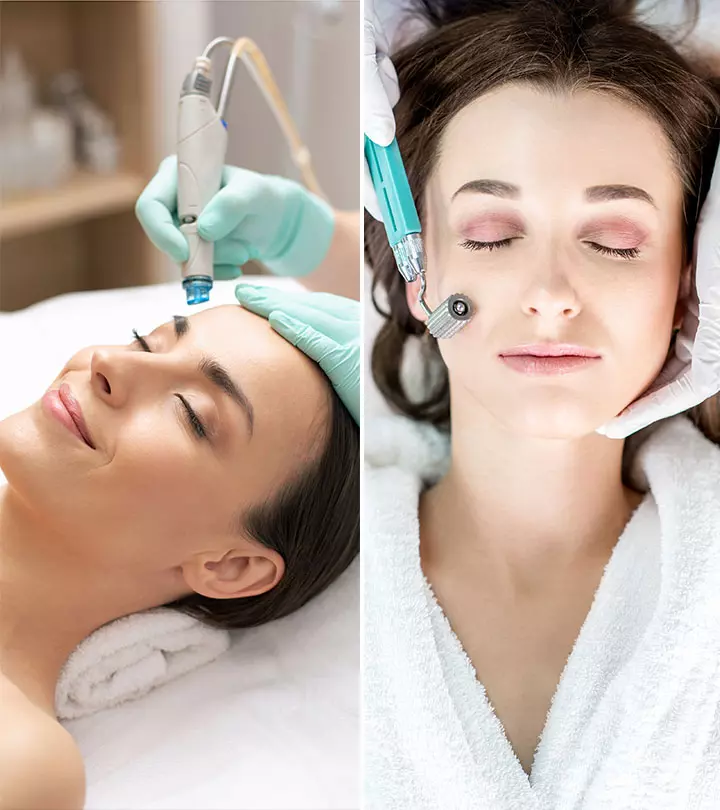
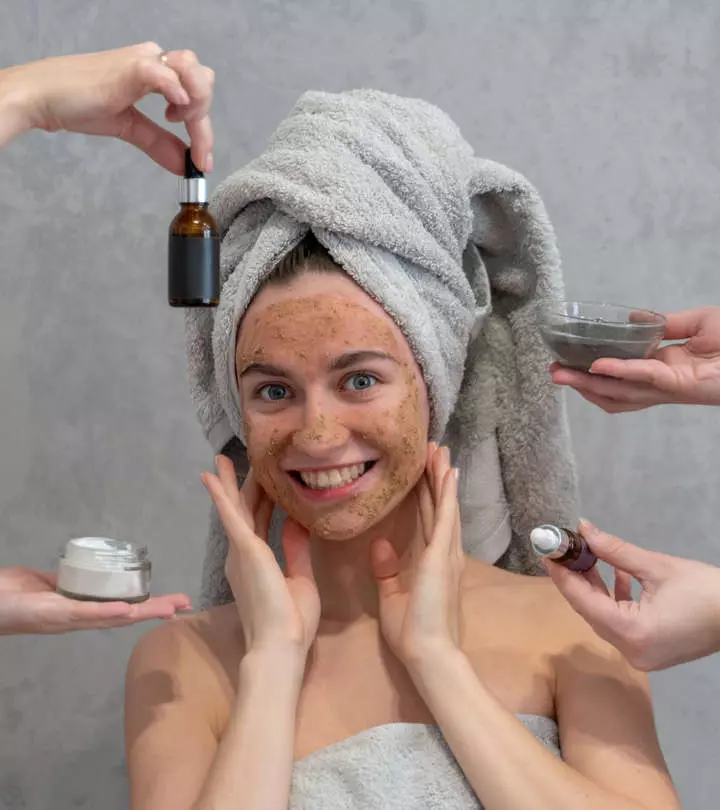
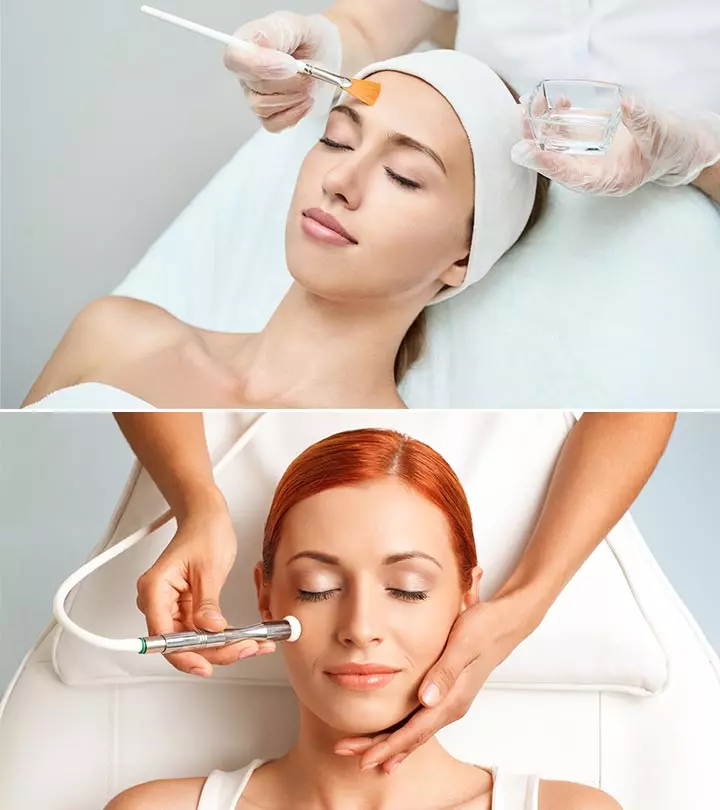
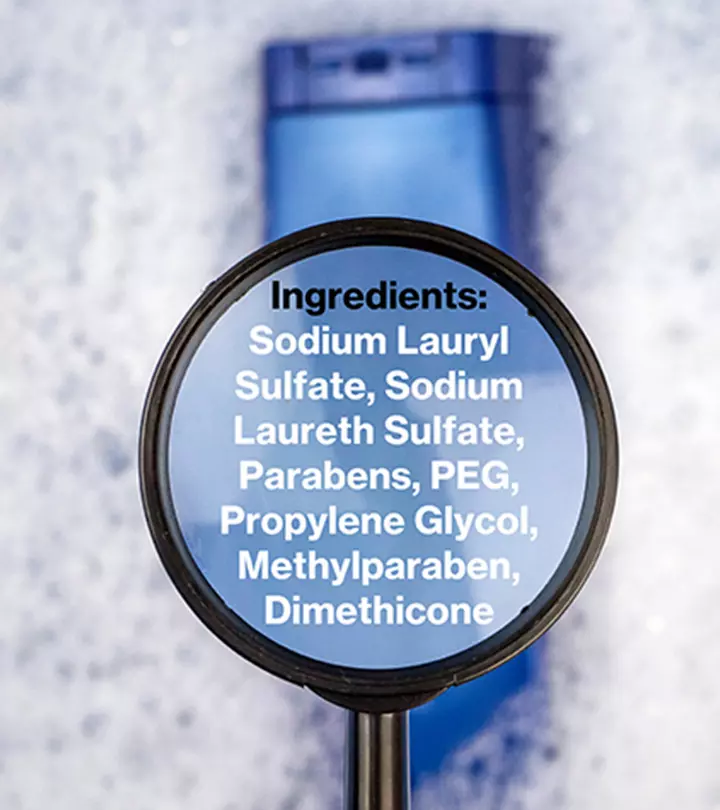

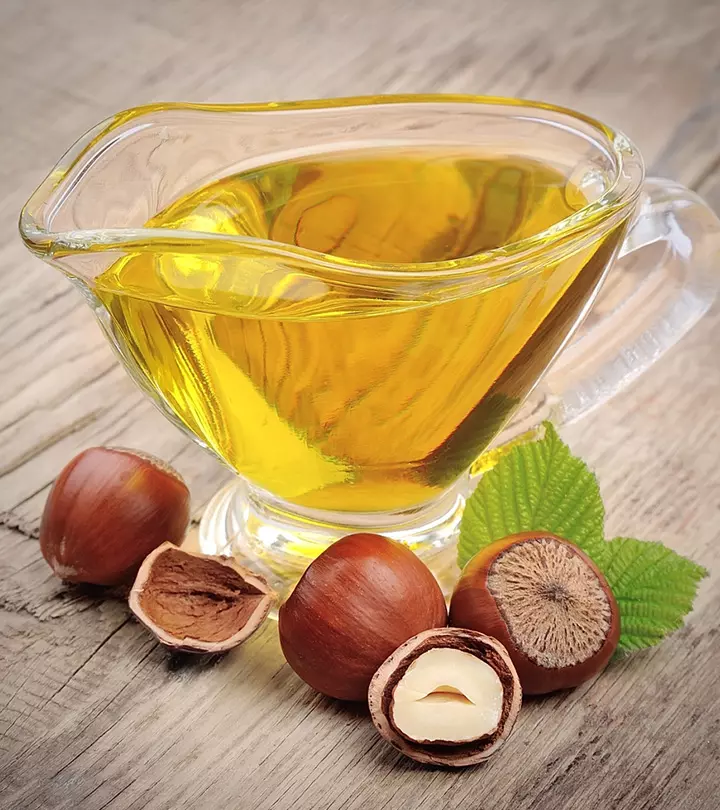






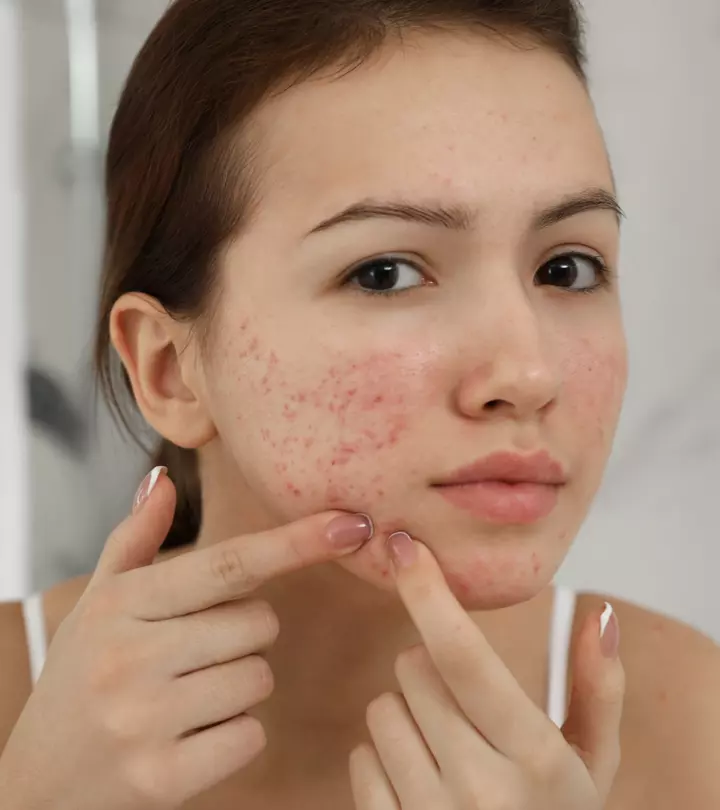
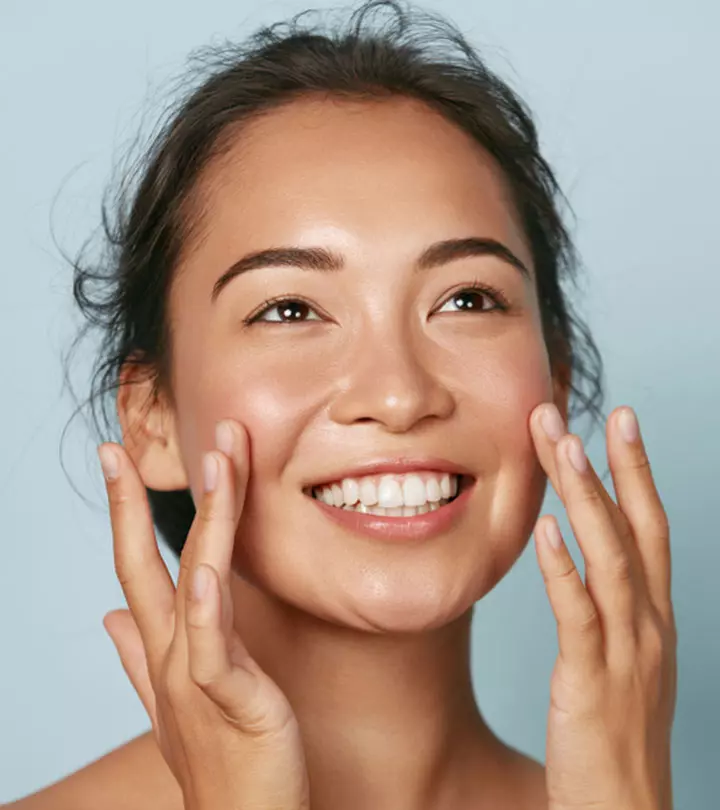
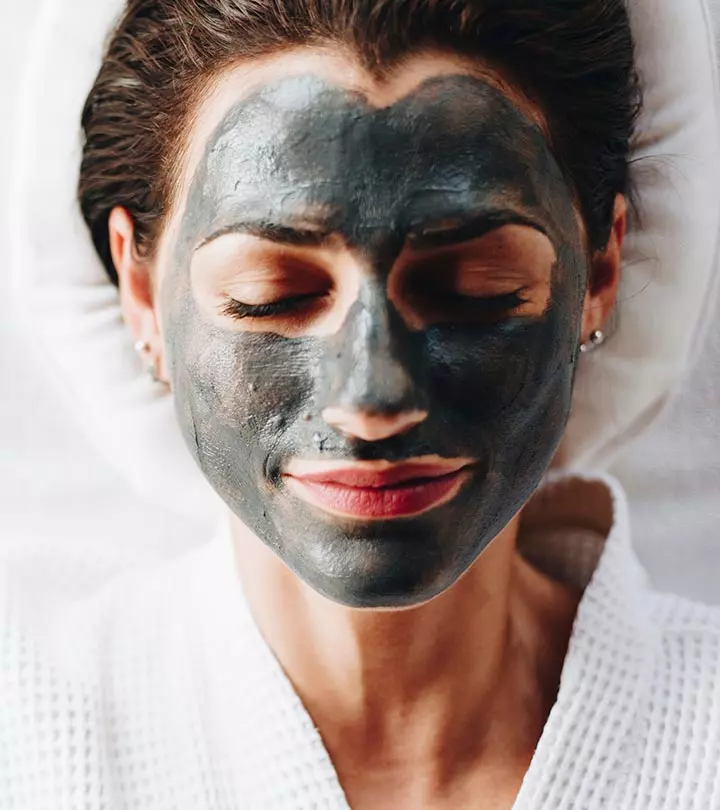
Community Experiences
Join the conversation and become a part of our empowering community! Share your stories, experiences, and insights to connect with other beauty, lifestyle, and health enthusiasts.